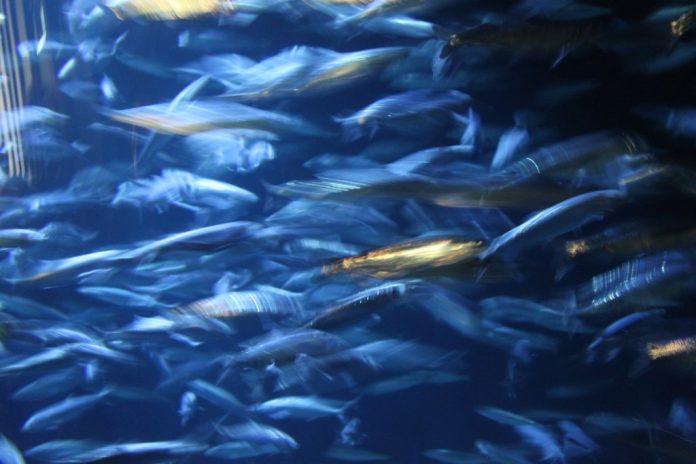The European Union has set next year’s total allowable catches and quotas for the 10 most commercially important fish stocks in the Baltic Sea.
Agreed by all EU leaders, the decision is to increase fishing opportunities for plaice (+43%), sprat (+3%), Western cod (+70%), and herring in the Gulf of Riga (+7%). However, the total allowable catch for main basin salmon remains the same as last year, and there is a decrease in future amounts to be fished for Central herring (-26%), Bothnian herring (-7%), Western herring (-48%), Eastern cod (-15%), and salmon in the Gulf of Finland (-3%).
According to a European Council press release, the EU’s 2020 deadline achieving the sustainability of our fisheries resources is getting closer. “Today’s decision is another important step towards meeting this goal, whilst at the same time respecting the socioeconomic viability of our coastal communities.”
Critics warn against new catch limits
However, the campaign group Our Fish has criticised the fishing limits as unsustainable.
“Both the EU Commission and EU fisheries ministers have today failed the citizens, fisheries and coastal communities of the Baltic Sea region, by rubber stamping the continued overfishing of iconic and chronically unhealthy fish stocks”, said Our Fish Programme Director Rebecca Hubbard.
“The EU Commission’s proposal failed to meet even the basic Common Fishery Policy requirements for five Baltic stocks, by recommending fishing limits for eastern Baltic cod, western herring, central herring and salmon above scientific advice for sustainable levels. This gave member states the mandate to set fishing limits for many Baltic stocks at unsustainable levels”, she continued.
According to Hubbard, the fishing limits set for Western Baltic cod are “clearly intended to exploit as many fish as possible, quickly, and not to rebuild this chronically overfished and fragile stock- despite warnings from scientists”.

